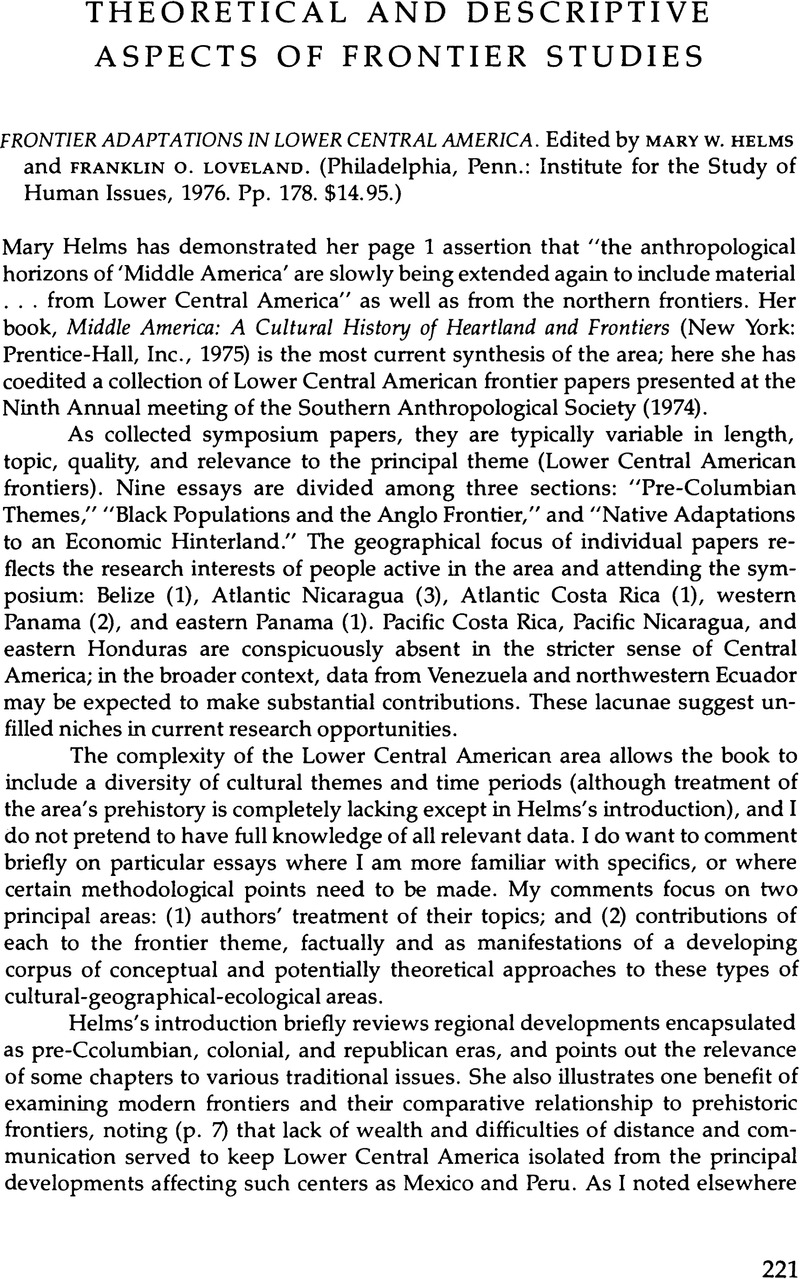Crossref Citations
This article has been cited by the following publications. This list is generated based on data provided by Crossref.
Sheets, Payson D.
2000.
The Cambridge History of the Native Peoples of the Americas.
p.
407.



